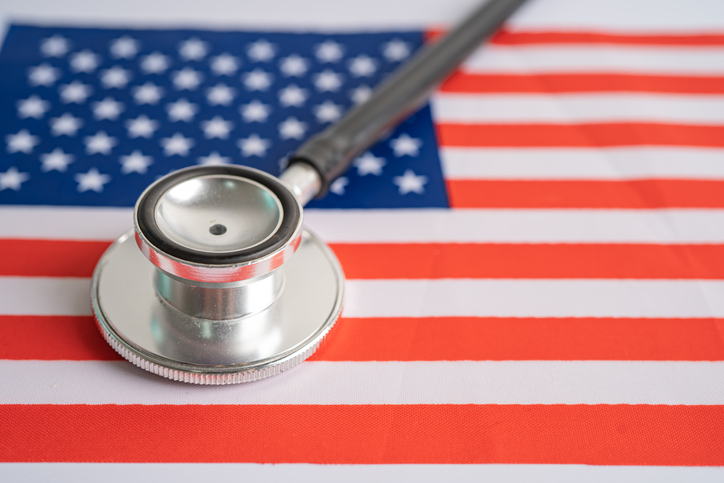Strengthening Your Residency Application Beyond the Personal Statement
Taking the Next Steps
The Personal Statement is only one key aspect of your candidacy. Now that you have a Personal Statement you are confident in, you should be thinking about how you can strengthen other components of your residency application.
Don't have a Personal Statement yet?
Get Started Today!US Clinical Experience (USCE)
Securing USCE can significantly improve the quality of your application. This can take the form of an Externship, Clerkship, or sub-Internship. This option may be difficult to accomplish as USCE opportunities can be limited and often expensive. If you cannot get direct USCE, try to complete an Observership (shadowing), Volunteering, or Research. This is especially relevant if you are an International Medical Graduate (IMG) or have a gap between when you graduated from medical school and when you are applying for residency.
Build Connections With Programs
Building and leveraging connections from your residency network can help you secure interviews. Creating connections with programs takes diligence and persistence. If possible, contact your local programs for permission to attend their grand rounds. Don’t be discouraged if not everyone agrees. Once you have obtained permission, be sure to study up on the lecturer. Watch videos of previous lectures so you are prepared to ask and answer questions. With time and patience, you can develop relationships with doctors who could potentially provide opportunities for USCE, which could lead to strong Letters of Recommendation (LoRs) or even them vouching for you within their own program.
Other Strong Supporting Documents
Beyond the Personal Statement, you want to obtain specialty-specific Letters of Recommendation that are recent, ideally within a year of residency applications. US-based LoRs from hands-on USCE are best. Be sure to tell your Letter Writers what specialty you want them to write the letters for to ensure they are specialty-specific. LoRs can take a long time to produce. For IMGs, letters must also be approved by the ECFMG before they become part of your application, which can take anywhere from several days to several weeks. Plan accordingly to give your Letter Writers enough time to write and submit quality LoRs. Also, make sure your MyERAS Application is filled out carefully with complete and error-free information.
Picking the Right Specialty
Your specialty choice should align with your personal interests, characteristics, and qualifications. Your top specialties should be reflected in your ERAS Experiences, LoRs, and specialty-specific Personal Statements. IMGs should strongly consider IMG-friendly specialties. If your USMLE scores are low, you should focus on flexible specialties that are forgiving of less-than-average scores. Applying to a backup specialty (with specialty-specific Personal Statements and LoRs) is also a good way to increase your chances of Matching.
Picking/Applying to Enough Programs
Picking the right programs to apply to is a crucial part of the Match Application process. You should review programs’ requirements and preferences to see how they align with your applicant criteria. For example, do they accept IMGs/offer visas? Does the program have USMLE score cutoffs? Is there a Time Since Graduation limitation? Program research can be the difference between Matching and going unmatched, so it is a process you should start early (June to August). Because program research can be extremely time consuming and accuracy is vital, consider signing up for a Match A Resident Customized Program List which will provide you with a list of compatible programs.
For IMGs, we suggest applying to 100 programs per specialty. Applying to 100 programs costs over $2,000, so you need to plan to budget accordingly. Targeting only compatible residency programs is the ideal way to save money while also increasing your chances of success.





